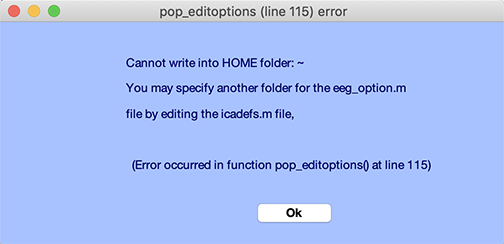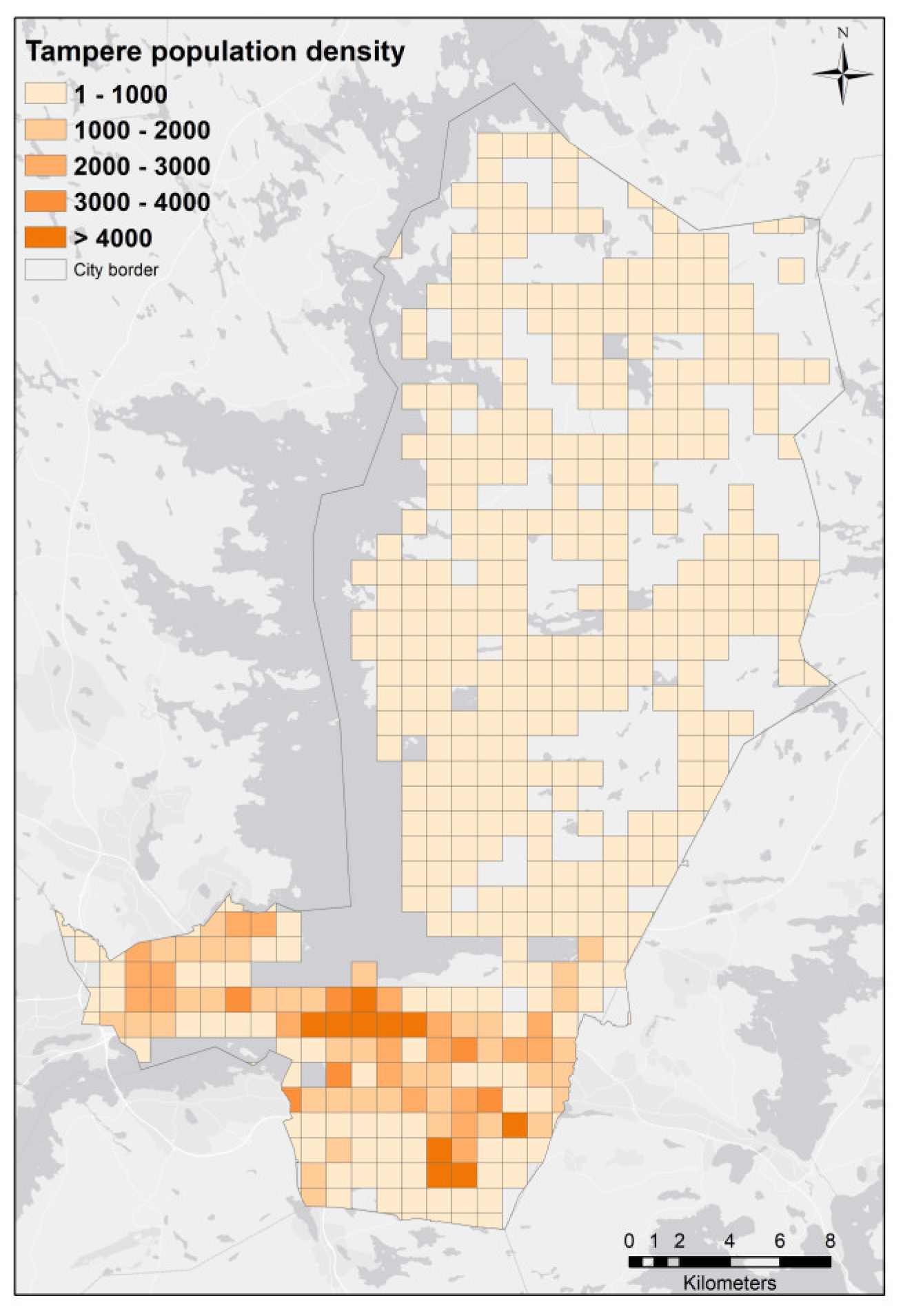
However, to perform a realistic comparison, we should really include the time spent transferring

This is pretty good, especially since fft is multi-threaded in core MATLAB. It looks like our fft is running ~3.5x faster on the GPU. In this simple example, we can calculate the speedup of performing the fft on our data. To bring the data back to the CPU, we run gather.ī2 is now on the CPU and has a class of double. By running class(B2), we can see that it is also a GPUArray. However, it is still visible in the MATLAB workspace. The second case is executed on the GPU rather than the CPU since its input (a GPUArray) is held on the GPU. Then we can run fft, which is one of the overloaded functions on that data: To perform the same operation on the GPU, we first use gpuArray to transfer data from the MATLAB workspace to device memory.
PARALLEL PREFERENCES MATLAB 2012 CODE
However, let's first do this on the CPU so that we can see the difference in code and performance Let's create a GPUArray and perform a fft using the GPU. Here is a list of all the overloaded functions. These GPU-enabled functions are overloaded-in other words, they operate differently depending on the data fft, ifft, eig) are now available as built-in MATLAB functions that can be executed directly on the GPU by providing an input argument of Here is a link to see if your card is supported.Ī Simple Example using Overloaded Functions Currently, Parallel Computing Toolbox supports NVDIA GPUs with Compute Capability 1.3 or Let's start first by querying our GPU to see just what

With that background, we can now start working with the GPU in MATLAB.

This means that your overall computational speedup is limited by the amount of data transfer that occursĪpplications that do not satisfy these criteria might actually run more slowly on a GPU than on a CPU. Because a GPU is attached to the host CPU via the PCI Express bus, the memory access is slower than withĪ traditional CPU. Computationally intensive: The time spent on computation significantly exceeds the time spent on transferring data to andįrom GPU memory.These processors canīe used to greatly speed-up particular types of applications.Ī good rule of thumb is that your problem may be a good fit for the GPU if it is: A typical GPU comprises hundreds of these smaller processors. Unlike a traditionalĬPU, which includes no more than a handful of cores, a GPU has a massively parallel array of integer and floating-point processors,Īs well as dedicated, high-speed memory. Originally used to accelerate graphics rendering, GPUs are now increasingly applied to scientific calculations. The GPU functionality shown in this post requires the Parallel Computing Toolbox. Additionally, small changes were made to enable easier explanation of the code in this blog format. If you compare the code below to the code in the paper- they are slightly different, reflecting Since the original demo was made, the GPU functionsĪvailable in MATLAB have grown. This blog post is inspired by a recent MATLAB Digest article on GPU Computing that I coauthored with one of our developers, Jill Reese. In this post, we first will introduce the basics of using the GPU with MATLAB and then move onto solving a 2nd-order waveĮquation using this GPU functionality. Code Changes to Transfer Data to the GPU and Back Again.Understanding and Limiting Your Data Transfer Overhead.A Simple Example using Overloaded Functions.


 0 kommentar(er)
0 kommentar(er)
